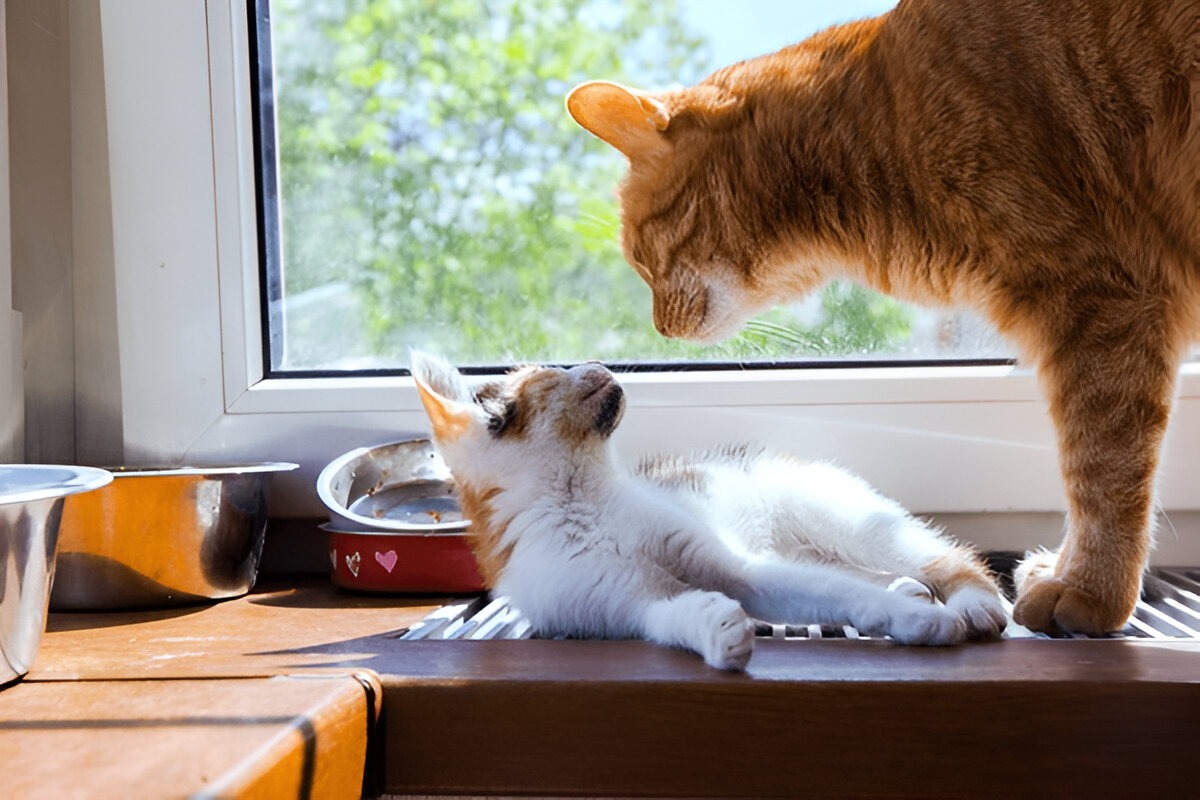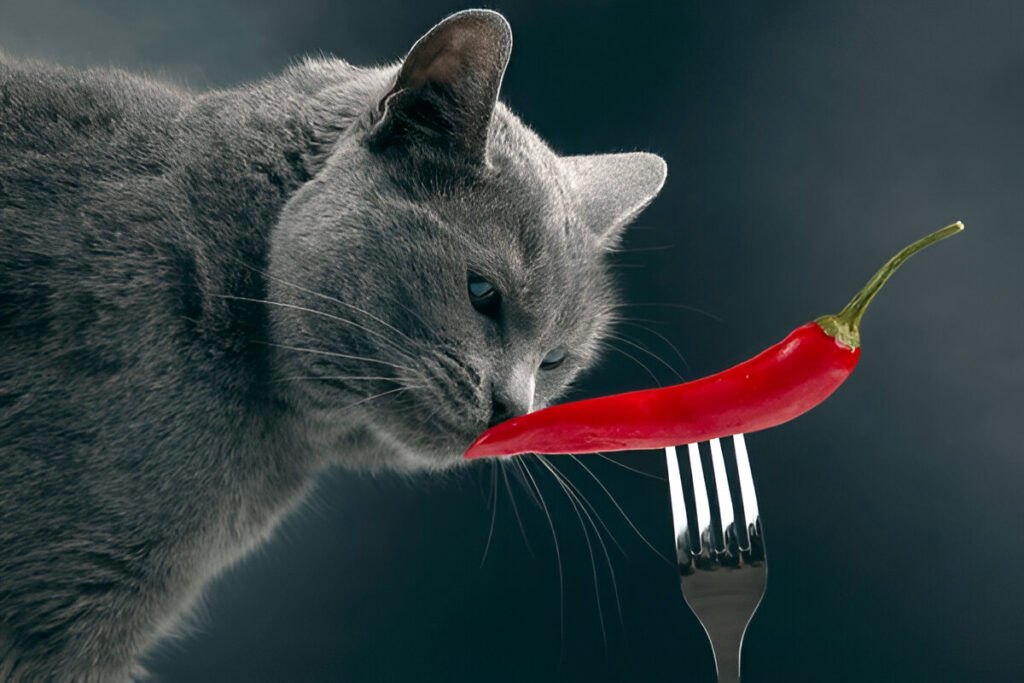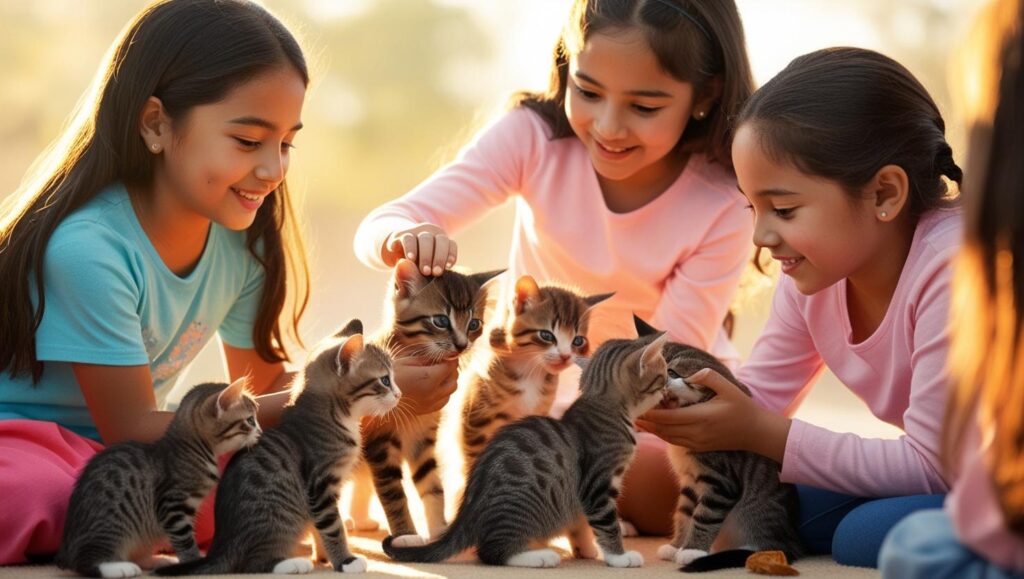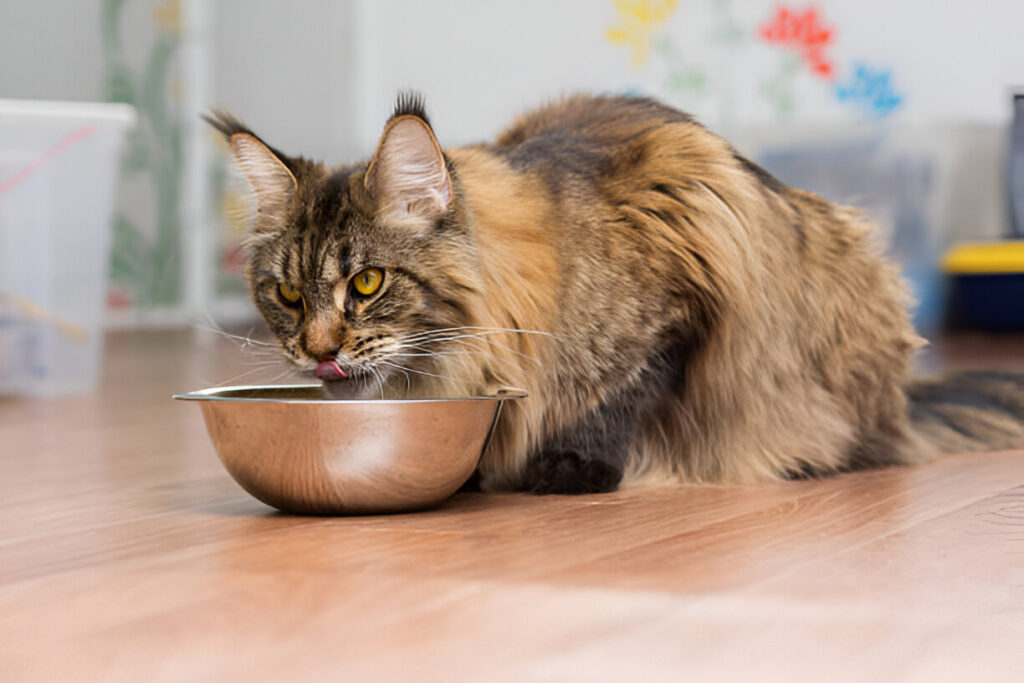Why Do Big Cats Not Like Kittens?
Unlike their domesticated cousins, big cats, such as lions, tigers, leopards, and jaguars, are often regarded as emperors of the jungle or the dominant figure in the food chain.
Given this status, big cats’ relations with kittens, either their own or those of different subspecies, are both complicated and aggressive at times.
This blog will examine the reasons that might explain why big cats show aversion towards kittens, the aspects determining their aggression, and the modalities that may assist in safeguarding kittens in the vicinity of big cats.
Big Cats in their Environment
The term ‘Big cats’ refer to puma, jaguar, tiger, and lion; all of the species are at the top of the food chain in their ecological niches. Their behaviour involves a combination of instinct, social behaviour and environmental context.
Familiarity with these components may help to understand the reasons why big cats may show aggression against kittens.

Image by webandi
Basic Big Cat Behavior
Big cats possess aggression which has been inborn in their genetics and evolution. These primal instincts are crucial in managing their social relations with other pets, including kittens.
Predatory Clauses
A reason that most likely cats do not appreciate kittens is because of their instincts of big game hunting. Big cats tend to be natural hunters and as such,
themselves are larger than life cats and whenever they see a smaller animal like a kitten, they feel the urge to hunt. This is most strong for leopards and tigers as these are usually solitary hunters and need to hunt to exist.
Territoriality
Big cats also tend to be territorial. They make it a point to claim and protect their lands from intruders which could include other larger cats or even small animals such as kittens.
They welcomed kittens into the packs but then began to view them as competition. This meant all aggressive behavior turned against aggression.
Hierarchy
Big cats are not uniform when it comes to their social order. For example, lions belong to prides which is a social group comprising of most females of one family along with their young ones and one or more than one male. Among the other big cats are tigers and leopards that are usually lone wolves and only come out to mate.
Lions and Their Cubs
Generally, the relations between cubs and adult lions within the pride are good especially between the cubs and the females as the lionesses would be willing to take care of them within the pride.
Lions will sometimes kill the cubs fathered by other lions, especially when integrating ne w nales into the pride, chasing these females to breed.
Solitary Cats and Their Offspring
The dynamics of social organizations for solitary big cats such as tigers and leopards differ greatly. Cubbing occurs mostly with a single mother who is a tiger because no other tiger cub would assist in the raising of her cubs and would be hostile. Other cubs irritate them because they perceive them and their kittens as a threat.
Environmental Factors
When they are exposed to their kittens, big cats may act in a certain way based on the conditions where they stay.A case in point would be the availability of food resources and the presence of humans and other beasts in the area that the big cat finds itself in.
Food Availability
Inadequate food resources can lead to a significant change in behavior such as aggressiveness and a maintainable territory in big cats. Aggression would extend towards kittens as they would be competition for food.
Human Interaction
Human activity has the tendency to alter the behavior of large cats. For instance, in places where both the large cats and humans live, like in wildlife reserves or rural areas,
kittens which may be kept as pets, are often a source of conflict. Large cats may see those animals as a threat or a rival for resources.
The Place of Domestication
On the other hand, the big cats that are kept in zoos or sanctuaries seem to be domesticated but who knows they may have issues.
Most domesticated big cats are born in captivity and sometimes positively interact with other kittens. They can have domesticated traits though so general awareness is key.
How To Keep Kittens Safe
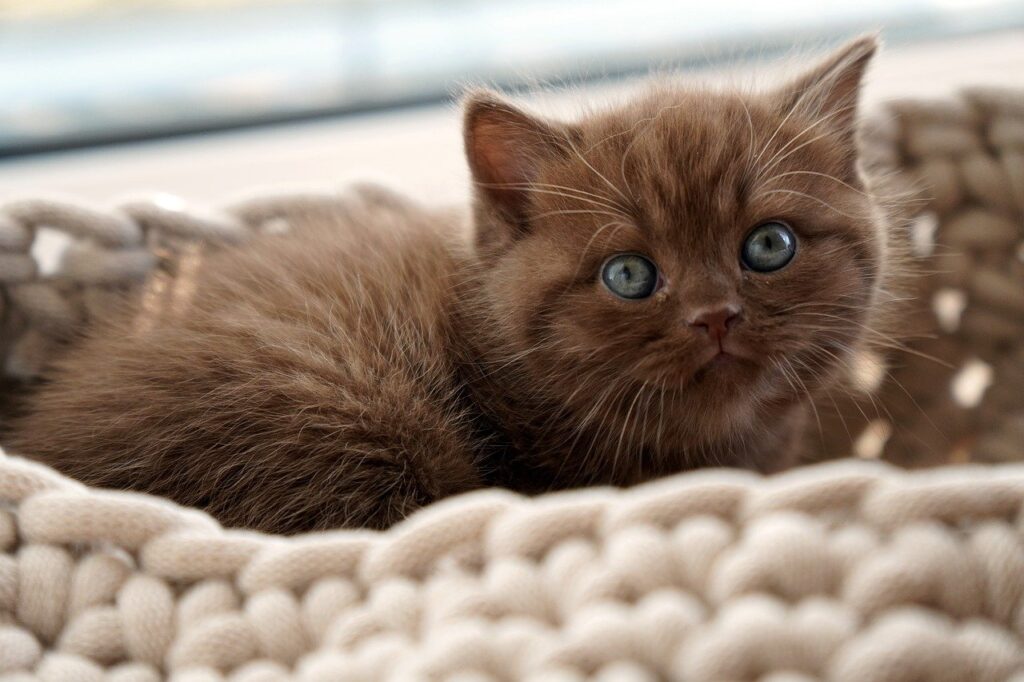
If by chance you are in a room full of large cats of different breeds, it goes without saying that keeping kittens safe from them would be your utmost priority, and here is how to do that:
Supervision: Placing kittens for an interaction with large cats is a big risk because of the difference in size, and so supervision with gentle nuzzling is a better option as leaving them alone can be detrimental, despite the large cat being friendly.
Separation: Placing large kittens in a safe place away from small large kittens is ideal, as it decreases exposure to aggression that may occur from being close to the big cat.
Training: When socializing and training domesticated big cats, aggressive reactions can be lessened. Help from an animal trainer is recommended.
Environmental Enrichment: Reducing stress and aggressiveness ought to be supplemented with environmental enrichment for big cats, including laughing, engaging toys and climbing structures.
Consult a Veterinarian: When big cats seem too aggressive toward kittens, a veterinarian’s or animal behaviorist’s advice should be sought.
The Role of Education and Awareness
Understanding and controlling the behavior of big cats towards kittens requires education and awareness. Attempts to explain why big cats do what they do, and how we can work towards ensuring the safety of all animals involved.
Let’s understand big cats better so we could have a better future.
The Importance of Conservation
Big cats and their area would be well protected in the presence of efforts that foster/beef up conservation. Through conservation programs and campaigns, the preservation of big cats and their cohabitation with other animals is made possible.
Common Misconceptions About Kittens and Large Felines
There are various large cat and kitten interactions that create misconceptions. For example, there is a notion that all the leoids regard kittens as their prey and try to hunt them down.
Yes, big cats are known to have tendencies of preying on other animals, yet such acts depend on their type, their natural characteristics and their surroundings.
A somewhat popular belief is that large domestic cats do not pose danger to kittens. Although it is true that large cats that have been pets behave differently than the large cats that are in the wild, it is important to always consider the fact that they are still animals, and as such, possess natural instincts.
Big Cats in the Western World: Zoos and Sanctuaries
The westernization of societies led to an increase in demand for pets which also increases the need for more pet education, this led to an increase in Suffrage zoos and sanctuaries.
These organizations give people an opportunity to learn about the life of huge leopards in a safe controlled environment while also doing conservation work and scientific advancement.
An Appreciation for Both Kittens and Big Cats
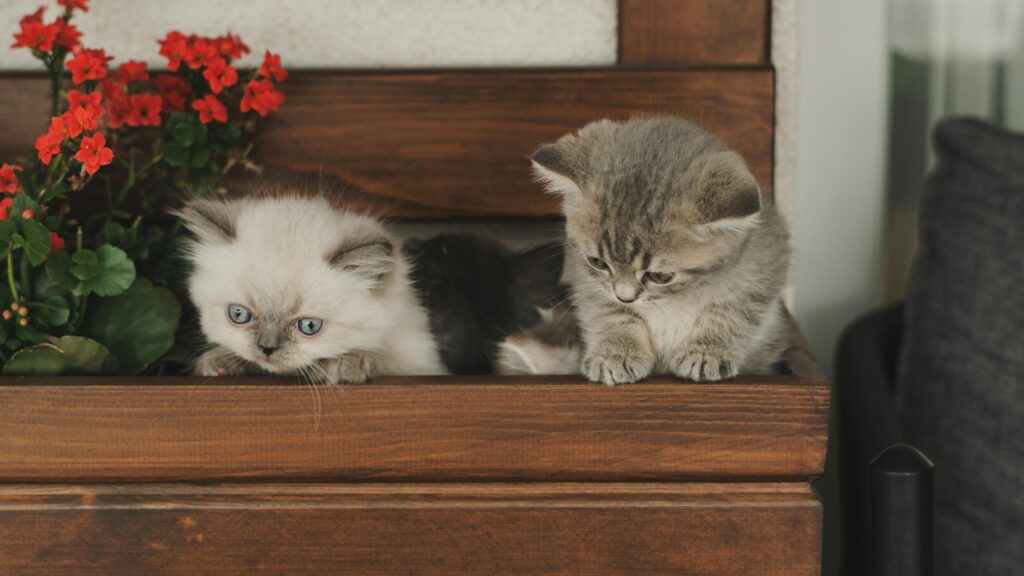
In order to sustain and coexist within these ecosystems, it is crucial for us to learn how to take care of big cats as well as small kittens and be responsible enough to promote education and conservation of the animals along with accepting their nature.
Summary:
Big Cat Behavior and Its Intricacies
In summation, it can be said that the reason behind the dislike of big cats towards the kittens can be attributed to their instincts, pack order relationships or social structure, and their environment.
Pack hierarchy, the instincts to kill and defend, and resource sharing are some reasons that affect how big cats perceive and interact with kittens.
With a better understanding of these aspects or properties and taking appropriate precautions, potential placing of kittens in spaces around big cats can be made safer and pleasant for both the animals involved.
Common Misunderstandings
Q: Are all big cats aggressive towards the kittens?:
A: It cannot be said that all big cats have an aggressive nature towards kittens however, it would always be wise to keep in mind how strong the aggressive predatory and territorial instincts of these animals are.
Q: Is there a chance that domesticated big cats are safe around kittens?:
A: There is a possibility of domesticated big cats and wild big cats behaving in different fashions, but the chances of natural instincts to prevail remain and caution should always be the best policy.
Q: I have domesticated big cats and kittens in proximity, what should I do?:
A: Make sure that you do regularly supervise the interactions between the two, or when you do have access to the kittens place them in a confined space that cannot be reached by the big cats, and also look for a reputable animal trainer or a veterinarian that can guide you.
Q: How can I help the conservation of big cats?
A: Big cats and their ecosystems can be saved by helping conservation groups, engaging in informative activities, and encouraging animal care.
Q: What is a misconception that people have of big cats and kittens?
A: Some common misconceptions include all big cats are aggressive toward kittens or that a big cat is completely harmless to an infant.
To prevent any negative interaction between the kittens and big cats, it is imperative to comprehend the specific nature of big cats and act accordingly.
Education must also be targeted to pet owners, conservators, and wildlife enthusiasts so that they can understand more about better relationships between big cats and kittens.
Yuns Legdm is a passionate advocate for pet care and the founder of this website, dedicated to providing valuable information for fellow pet lovers and veterinary professionals worldwide. With a deep love for animals, Yuns created this platform to connect passionate pet owners with expert insights from veterinarians around the globe.
This website grows with you—the passionate pet owners and veterinary experts—creating a trusted space where knowledge, experience, and love for animals come together. Whether you’re seeking advice on pet health, nutrition, or general well-being, this platform is here to support you on your journey of responsible and loving pet care.

